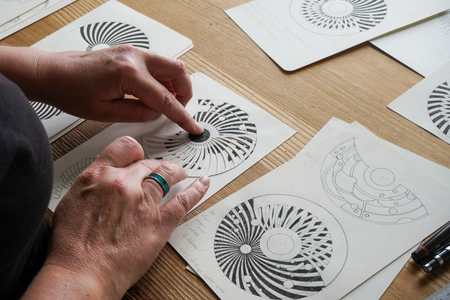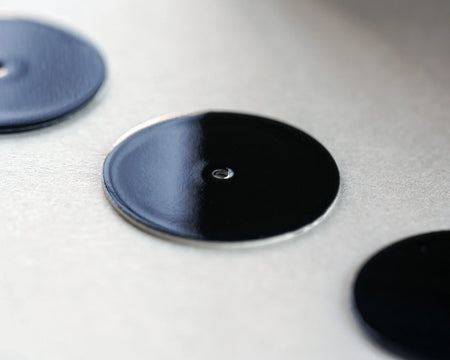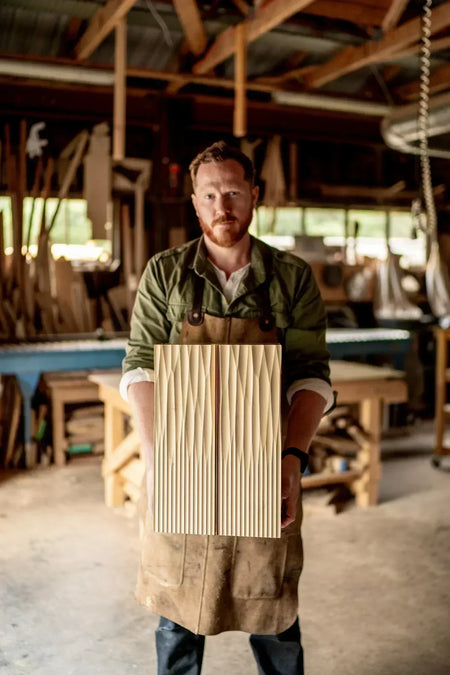Founded by Charles Schäublin in April 1915, Ch. Schaublin Villeneuve, as it was then known, was established in Malleray – a small, rural town in the Jura region, just as the seeds of the clock and watchmaking industry were beginning to be sown there. The aim, according to schaublin.ch, was to “make lathes for the Swiss horological trade.”
As the company initially supplied parts and tools exclusively for the Swiss horological industry, according to lathes.co.uk (there really is a site for everything!), many one-off items were made to “assist with specialist manufacturing processes” of Swiss watches. The exclusivity and relative rarity of some of Schaublin’s early goods now heightens the allure of the brand and its products.
However, it is not only the almost collectable nature of Schaublin lathes and accessories that draws industry experts to them. Schaublin lathes are renowned for the high-quality of their manufacturing and their longevity. Indeed, their lifespan is famously known to last well over 50 years.
Acting as a testament to their durability, the Schaublin 70 carries the same patent as the 1919 original. Beginning life in the early 1920s as the Schaublin 65, the 70 proved popular in the Swiss watch industry as it was considerably smaller than many industrial lathes available at the time and, by the 1930s, the 65 and 70 “had become internationally recognised as top-quality machines for toolroom and experimental shop work.” After the Second World War, production of the 65 ceased, and the 70 took over. Because of its high-quality nature and subsequent popularity, production of the 70 continues to this day.
There are a couple of ways to calculate the rough manufacturing date of a Schaublin model. lathes.co.uk specifies “from 1945 onwards… Schaublin machine tools were to be painted in four different colours: until the late 1950s a green-grey was used, from the 1960s until the late 1970s a blue-grey… After that, and running until the early 1990s, a change was made to… a form of the ‘standard European machine-tool green.’”








